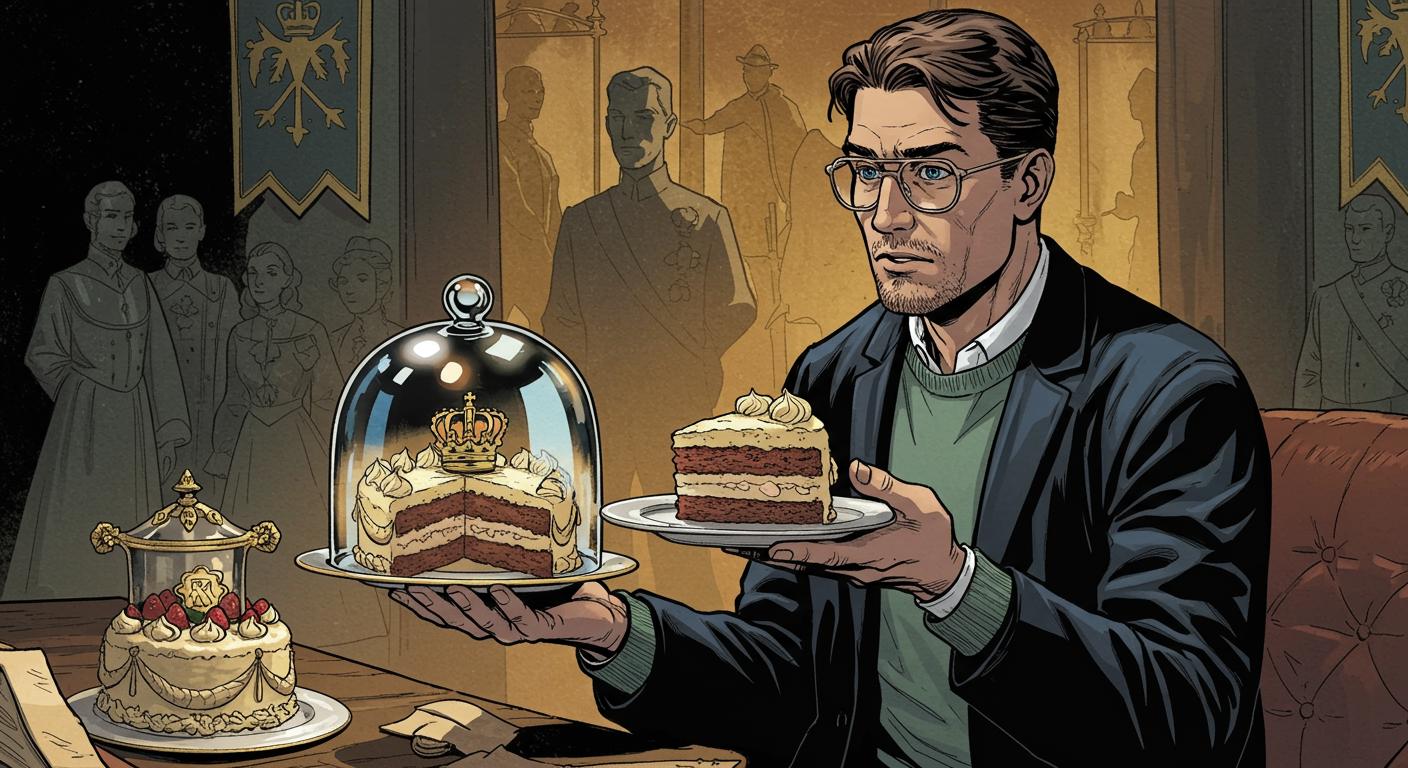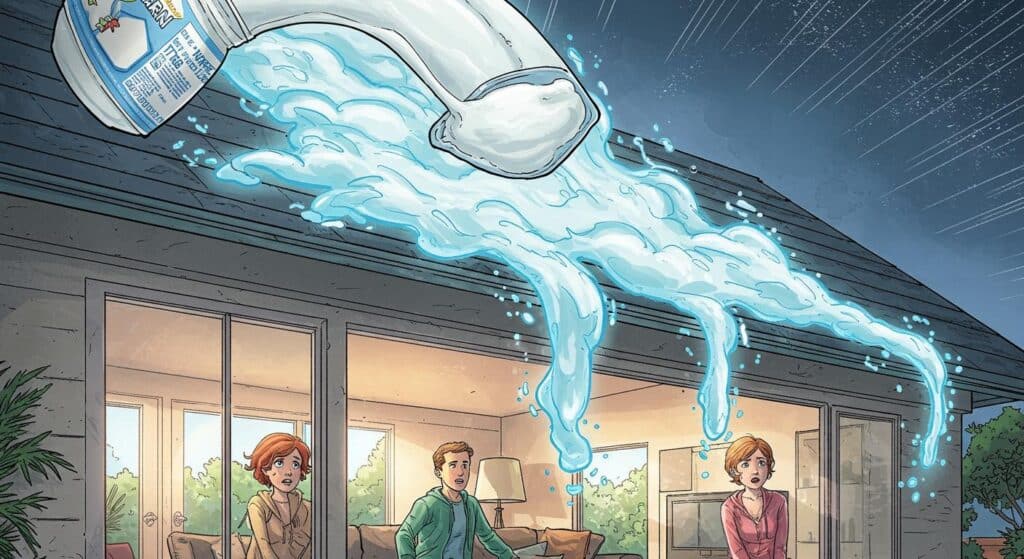Most collectibles can be safely tucked into a glass case or quietly admired on a mantel. But a certain British royal enthusiast is taking a different approach: purchasing a 77-year-old slice of Queen Elizabeth II’s wedding cake with the declared intention of eating it. As chronicled by arraymedia, British entrepreneur and avid royal memorabilia collector Gerry Layton recently paid over €2,000 at auction for a piece of cake that predates the Cold War, several James Bonds, and the concept of rock and roll.
A Cake with Enough Air Miles to Qualify for Platinum Status
The story behind this particular slice feels almost folkloric in its excess. The original wedding cake—a towering 2.7-meter, 225-kilogram confection—earned its nickname, “the 10,000-mile cake,” precisely because of its international ingredient list: flour from Canada, sugar from Australia, rum courtesy of Jamaica. Bakers McVitie & Price handled the assembly, and Prince Philip handled the ceremonial cake-cutting, reportedly using his sword for added regal effect. Arraymedia notes that slices were distributed far and wide, with 2,000 pieces served to guests at Buckingham Palace and hundreds more shipped off as tokens to charities worldwide.
This preserved slice was initially handed to Royal Navy Chief Petty Officer F. Lownes during the wedding festivities. Rather than eating it, Lownes passed it down through generations in a box adorned with the silver initials “EP”—a minor royal mystery in itself. The fact it survived children, spring-cleanings, and the rise and fall of numerous kitchen fads is perhaps the real testament to its tenacity.
Gerry Layton’s Big Flambé Gamble
When Gerry Layton claimed ownership of the confection, he made headlines by insisting that this relic wasn’t meant for display alone. He told the reporting outlet about his plan to flambé a third of the slice in rum for his 65th birthday, aiming to “kill any bacteria,” all aboard the historic Royal Yacht Britannia—because if you’re going to eat ancient cake, you might as well do so with sufficient pageantry. He dryly added, “If anything happens to me, at least I’ll go out in style,” capturing a spirit that falls somewhere between Indiana Jones and a Great British Bake Off contestant with nothing left to lose.
Layton isn’t a newcomer to desserts-with-pedigree, either. His collection, according to the same chronicling, already includes slices from Prince Charles and Princess Diana’s wedding, as well as from Princess Anne’s 1973 nuptials. Unlike most who squirrel away royal memorabilia for the dust and the grandchildren, Layton is seemingly determined to see if history’s flavor is more than symbolic.
To Consume or to Conserve—That Is the Question
The urge to preserve mementos from significant events is hardly new. Victorian cabinets once bristled with locks of hair, pressed lilies, and yes, cake from the weddings of distant cousins or far-off monarchs. But at what point does preservation give way to consumption, and does eating a relic erase its meaning—or elevate it? The outlet also notes that the cake, considered a “piece of history,” inspires ongoing fascination with the monarchy among collectors and enthusiasts.
Layton’s flambé plans evoke at least as many questions as answers. Is a fruitcake’s shelf life measurable in centuries rather than years, provided it gets an occasional splash of spirits and a hermetically sealed tin? Will royal icing forever yield to royal ambition? The line between reverence and risk seems delightfully blurry.
There’s a peculiar kind of charm to such undertakings—a reminder that our connection to history can be both deeply practical and cheerfully absurd. If you were offered a forkful of world history, would you be tempted to take a bite—or politely decline for the sake of posterity (and possibly your digestive system)? Maybe savoring the past is, sometimes, best done with a sense of humor and a splash of very old rum.







